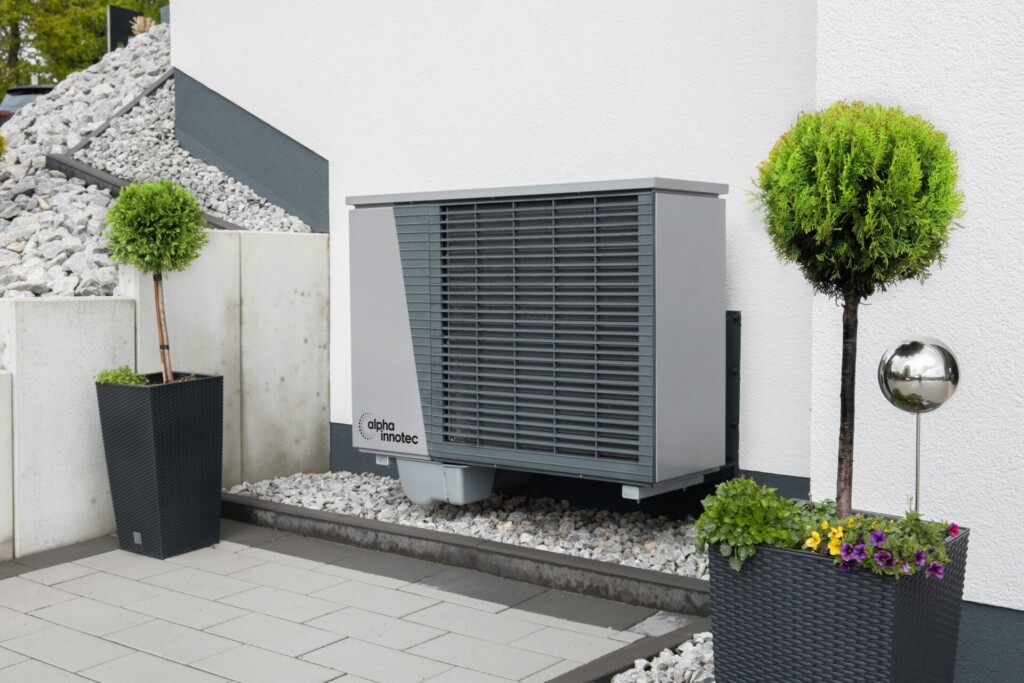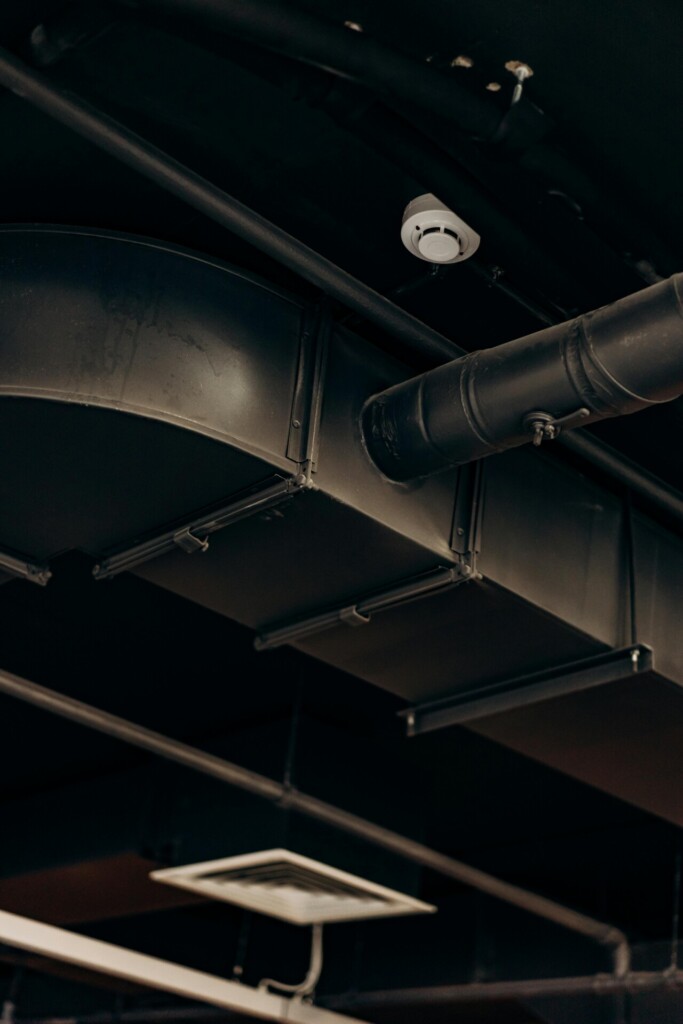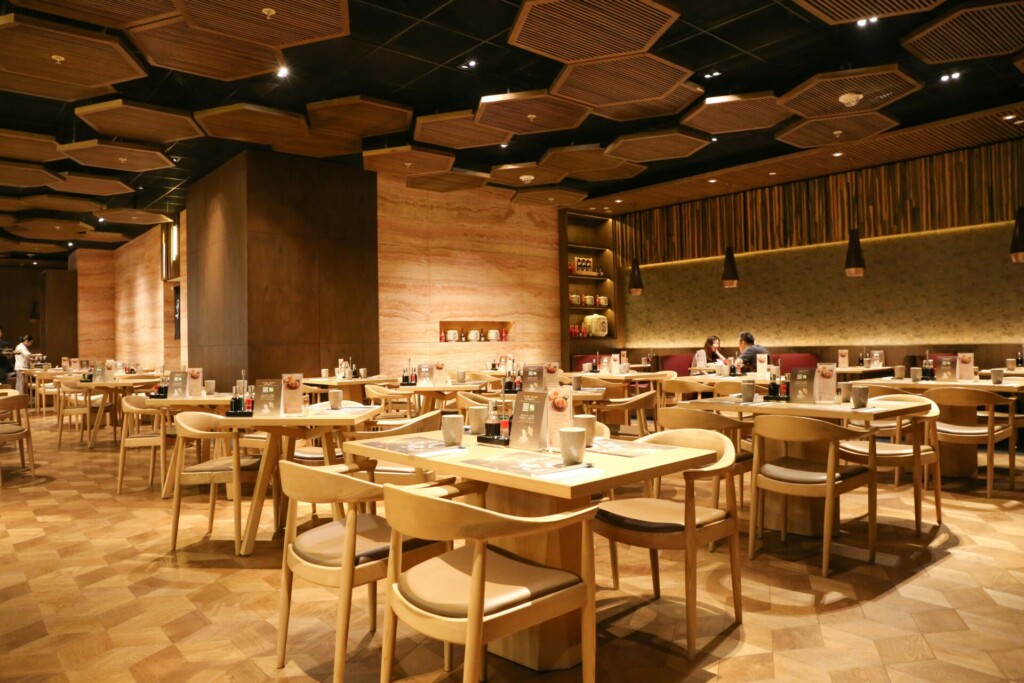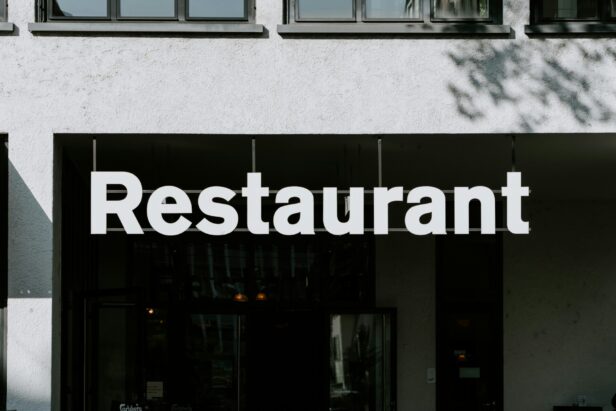Restaurants consume energy at an astonishing rate, using nearly twice as much energy per square foot as typical commercial buildings. At the core of this immense energy consumption is the HVAC system, one of the biggest energy users in food service operations.
Restaurant HVAC systems are designed to perform a delicate balancing act. The steamy, grease-laden kitchen requires vastly different environmental controls compared to the comfortable dining room where guests enjoy their meals. A well-engineered commercial HVAC setup must adeptly manage this contrast.
What exactly should a properly designed restaurant HVAC system achieve? We focus on four key elements:
- Precise humidity control
- Stringent air quality management
- Responsive temperature regulation
- Efficient ventilation
By mastering these fundamentals, we create an environment where both staff and diners can thrive. The stakes are high – restaurant owners who invest in top-quality HVAC systems reap significant rewards. An optimized system reduces energy bills, enhances air quality, and creates the ideal ambiance that keeps guests returning.
A well-designed commercial HVAC system is a necessity for restaurants. It’s an operational imperative in an industry where margins are thin, and competition is fierce. Let’s explore how we engineer these complex systems to meet the unique demands of food service environments.
What Components Make Up a Restaurant HVAC System?

A restaurant HVAC system consists of several essential components that work together to maintain air quality and comfort. While they share some similarities with residential systems, restaurant HVACs have unique requirements due to the demands of a commercial kitchen environment.
The main elements of a restaurant HVAC system include:
- Furnaces for heating the space
- AC units to cool the air
- Ductwork to circulate conditioned air throughout the building
- Thermostats to control temperature settings
- Ventilators to improve overall air circulation
A key component that distinguishes restaurant HVAC systems is the make-up air unit. This crucial piece replaces air removed by powerful kitchen exhaust hoods with fresh outside air. Without adequate make-up air, kitchens can become stuffy and uncomfortable. The make-up air unit also prevents food odors from migrating into dining areas.
The make-up air unit functions in conjunction with exhaust hoods and fans as part of an integrated ventilation system. Together, these components eliminate cooking vapors, heat, grease, and steam from the kitchen environment. This coordinated system maintains air quality and safety in the demanding conditions of a commercial kitchen.
We design and install complete restaurant HVAC systems tailored to your specific layout and equipment needs. Our solutions balance comfort, code compliance, and energy efficiency to create an optimal environment for staff and guests alike.
| Component | Function |
| Furnaces | Heats the space |
| AC Units | Cools the air |
| Ductwork | Circulates conditioned air throughout the building |
| Thermostats | Control temperature settings |
| Ventilators | Improve overall air circulation |
| Make-up Air Unit | Replaces air removed by exhaust hoods with fresh outside air |
What Types of HVAC Systems Work Best for Restaurants?
When selecting heating and cooling solutions for restaurant spaces, owners have several HVAC system options that cater specifically to the unique needs of food service establishments. Three main types are particularly effective:
VRF (Variable Refrigerant Flow) Systems
VRF systems are available in two variations that benefit restaurants:
- Heat Pump VRF: Provides either heating or cooling
- Heat Recovery VRF: Can simultaneously heat and cool different zones
These advanced systems offer several benefits for medium to large restaurant spaces:
- High reliability and energy efficiency
- Precise temperature control in different areas
- Shorter installation times compared to traditional systems
- Quiet operation to maintain ambiance
Single Split Systems
Single split systems remain a popular and cost-effective HVAC choice for many restaurants. Key features include:
- Separate air conditioners and furnaces
- Controlled by standard thermostats
- Simple to install and maintain
- Cost-effective for smaller spaces
Multi Split Systems
Multi split systems offer unique advantages:
- Require fewer outdoor units than single split systems
- Include built-in heat pumps to move heat through the restaurant
- Enhanced energy efficiency through temperature-sensing technology
- Flexible zoning options for different dining areas
When choosing between these options, restaurant owners should consider factors such as the size of their space, desired energy efficiency, budget constraints, and the need for zoned temperature control. Consulting with an experienced HVAC professional can help determine the ideal system for a restaurant’s specific requirements.
| HVAC System Type | Key Features | Advantages |
|---|---|---|
| VRF (Variable Refrigerant Flow) | Heat Pump and Heat Recovery options | High reliability, energy efficiency, precise temperature control, shorter installation times, quiet operation |
| Single Split Systems | Separate air conditioners and furnaces, controlled by thermostats | Affordable, simple to install and maintain, cost-effective for smaller spaces |
| Multi Split Systems | Fewer outdoor units needed, built-in heat pumps | Improved energy efficiency, flexible zoning options, temperature-sensing technology |
By understanding the strengths of each system type, restaurant owners can make informed decisions to keep their customers comfortable while controlling energy costs. The right HVAC solution will contribute to a pleasant dining atmosphere while operating efficiently in the background.
How Should Ventilation and Hood Systems Be Designed for Restaurant Kitchens?

Proper ventilation is critical for any commercial kitchen operation. At the heart of an effective kitchen ventilation system are exhaust hoods, which serve several vital functions. These hoods remove cooking odors, smoke, steam, and grease-laden air from the kitchen environment. By doing so, they protect cooking equipment from grease accumulation, reduce carbon monoxide levels, and create a safer, more comfortable workspace for kitchen staff.
When designing a ventilation system for a restaurant kitchen, owners and operators have two main options to consider: ducted hoods and ductless hoods. Each type has its advantages and considerations:
Ducted Hood Systems
Ducted hoods are considered the gold standard for commercial kitchen ventilation. These systems completely remove air and cooking byproducts from the kitchen, venting them to the exterior of the building through ductwork. The key benefits of ducted hoods include:
- Superior removal of moisture, steam, and odors
- More effective grease extraction
- Better overall air quality in the kitchen
However, ducted systems have some limitations. They require specific placement near exterior walls or ceilings to accommodate the ductwork, which can restrict kitchen layout options. Installation of ducted systems also tends to be more complex and costly compared to ductless alternatives.
Ductless Hood Systems
Ductless hoods offer more flexibility in kitchen design, as they do not require connection to exterior venting. Instead, these systems filter air and recirculate it back into the kitchen space. Some key advantages of ductless hoods are:
- Greater flexibility in hood placement
- Easier and often less expensive installation
- No need for extensive ductwork
The tradeoff is that ductless systems are generally less effective at removing moisture and may not be suitable for kitchens with high-volume cooking or particularly greasy foods. They also require frequent filter changes to maintain performance.
Choosing the Right System
Choosing between ducted and ductless systems depends on several factors unique to each restaurant kitchen:
- Type and volume of cooking equipment
- Kitchen layout and available space
- Local building codes and regulations
- Budget for installation and ongoing maintenance
For most full-service restaurants, a ducted system will be the optimal choice due to its superior performance. However, smaller operations or those with limited cooking may find a ductless system adequate for their needs.
Regardless of the type chosen, proper sizing is crucial. The hood must be large enough to fully capture cooking effluent from all equipment beneath it. Generally, hoods should extend at least 6 inches beyond the edges of cooking surfaces on all sides. The height of the hood above cooking equipment is also important, typically ranging from 4 to 7 feet, depending on the type of equipment.
Additional Ventilation Considerations
Beyond the hood itself, a well-designed kitchen ventilation system should also account for:
- Makeup air: To replace air removed by exhaust, kitchens need a source of fresh makeup air, often integrated with the HVAC system.
- Fire suppression: Commercial hoods typically incorporate fire suppression systems to quickly extinguish cooking fires.
- Energy efficiency: Modern systems may include features like variable speed fans to reduce energy consumption during off-peak hours.
Ultimately, the goal of any restaurant kitchen ventilation system is to create a safe, comfortable, and efficient cooking environment. By carefully considering equipment needs, space constraints, and regulatory requirements, restaurant owners can design a ventilation solution that supports their culinary operations for years to come.
| Feature | Ducted Hood Systems | Ductless Hood Systems |
|---|---|---|
| Air Quality | Removes air and cooking byproducts completely by venting them outside. | Filters air and recirculates it back into the kitchen, less effective at removing moisture. |
| Installation | Requires ductwork and specific placement near exterior walls; complex and costly installation. | More flexible installation; no need for ductwork, easier and often less expensive. |
| Grease and Odor Removal | Superior grease extraction and odor removal. | May miss some moisture and odor, requires regular filter changes. |
| Flexibility in Placement | Limited to locations near exterior venting. | Allows flexibility in placement away from exterior walls. |
| Cost | Higher installation cost due to ductwork. | Lower initial cost, but ongoing filter replacement is needed. |
| Suitability | Ideal for high-volume cooking operations. | Suitable for smaller operations or limited cooking needs. |
What Are the Signs of HVAC Problems and How Can Restaurants Maximize Efficiency?
As general contractors, we know firsthand how proper HVAC maintenance can impact a restaurant’s operations and financial success. It’s crucial for restaurant owners and managers to recognize warning signs that their HVAC system needs attention. Key indicators include:
- Visible mechanical damage to system components
- Smokier kitchen environments
- Increased grease buildup on surfaces
- Significantly imbalanced temperatures across different areas
- Negative air pressure making doors difficult to open
- Unexplained increases in energy bills
- Unwanted food odors spreading to dining areas
- Unusual humidity levels
Ignoring these red flags can lead to costly emergency repairs, inefficient operations, and uncomfortable conditions for staff and diners. Instead, we recommend taking a proactive approach to maximize HVAC efficiency:
Proper System Sizing
Surprisingly, over 25% of commercial HVAC systems are oversized for their spaces. We collaborate with restaurant owners to right-size equipment, which significantly reduces energy costs and extends the service life of systems. The initial investment pays off over time.
Smart Controls
We install programmable thermostats that constantly monitor conditions and make micro-adjustments. This precise control helps prevent energy waste from manual over-corrections. The system can also automatically reduce output during closed hours.
Targeted Solutions
Each area of a restaurant has unique needs. We upgrade restroom ventilation with ENERGY STAR models that use 70% less energy. For outdoor dining, we recommend quick warm-up patio heaters that activate on-demand rather than running continuously.
Equipment Management
We develop customized startup/shutdown procedures to ensure kitchen equipment only runs when needed. This prevents unnecessary heat generation that forces the HVAC system to work harder.
When effectively implemented, these strategies can reduce a restaurant’s energy costs by up to 20%. More importantly, they extend the equipment’s lifespan. While a neglected system may last only 10 years, proper maintenance can potentially extend that to 15-20 years – a substantial difference for a restaurant’s long-term financial health.
By viewing HVAC upkeep as an investment rather than an expense, restaurant owners can achieve significant savings. We’re committed to helping our clients implement smart, tailored solutions that maintain diner comfort, ensure kitchen functionality, and enable business success for years to come.
| Optimization Technique | Potential Energy Savings |
| Regular Maintenance | 5-15% |
| Upgrading to energy-efficient equipment | 10-30% |
| Implementing smart thermostats | 5-20% |
Conclusion: Investing in Proper Commercial HVAC for Your Restaurant

Investing in a well-designed and maintained commercial HVAC system is crucial for any restaurant’s success. At EB3 Construction, we understand that the right system does more than just create comfortable environments for diners and staff—it significantly contributes to energy savings, equipment longevity, and indoor air quality.
When planning your restaurant’s HVAC needs, we recommend consulting with professionals who understand the unique requirements of food service establishments. Our team can help select the right components, ensure proper sizing, and establish an effective preventative maintenance plan tailored to your specific operation.
With the right approach to commercial HVAC, we’ve seen restaurants operate more efficiently, enhance dining experiences, and achieve substantial long-term cost savings. The initial investment pays off through lower energy bills, extended equipment life, and improved comfort for both customers and employees.
Don’t underestimate the impact a well-designed HVAC system can have on your restaurant’s success. We encourage you to proactively assess your current setup and explore options for optimization or upgrades. The advantages of energy efficiency, air quality, and overall operational performance make it a worthwhile investment for any food service business looking to thrive in a competitive market.
To learn more about how we can assist in designing and implementing an optimal HVAC solution for your restaurant, contact EB3 Construction today.




